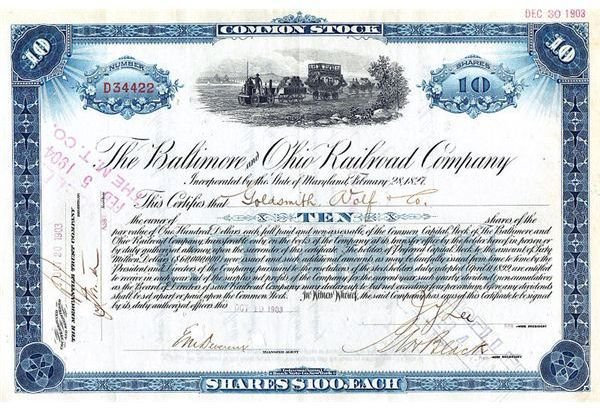Defining a Corporation with the Contracts Model
Explaining the Contracts Model
The Investment-Vehicle Model is a simple representation of a corporation that assumes perfect relationships among entities directly involved with a firm. However, a model that takes into account the imperfections of the real world and the complex nature of secondary stakeholders serves to provide a better representation of the modern corporation. The Contracts Model attempts to fit this need by considering more than just immediate stakeholders.
The Contracts Model is a refinement of the simpler Investment-Vehicle Model. As its name suggests, it views links between stakeholders and the firm as a set of obligations. The most important stakeholders are those most directly affected by the firm such as stockholders, debt holders, smaller creditors, employees, customers, and managers to name a few. These stakeholders are primary because they hold explicit contracts with the corporation. The contracts between the firm and primary stakeholders are typically in writing and represent legally binding relationships with specific right and obligations specifically spelled out.
Secondary stakeholders are those who hold implicit contracts with the corporation. These contracts are not in writing but may represent obligations that are legally binding. For example, the people who live in the same community as a corporation have the right to clean air and water. A corporation has an obligation to the community to coexist in peace without infringing on citizens’ rights. Corporations are also expected to disclose important information and warn people of mistakes that may affect them.
Defining a Corporation with the Contracts Model
The Contracts Model, although more complete in its representation of the firm, is the most complex because it doesn’t identify which stakeholders are most important or which obligations should come first, second, etc. It often takes an official body such as a court of law to determine not only the implicit obligations between a corporation and a secondary stakeholder but the degree to which the firm is obligated.
What’s important is to recognize that more complete models are, by nature, more complex and take into account too much information so that what’s important is difficult to assess. The principal-agent relationship states that managers act in the best interest of the stockholders. But must the stockholder interests be secured before secondary stakeholder obligations are met? And if stockholder interests are never fully met, when will implicit obligations be attended to?
The Contracts Model is superior to the Investment-Vehicle model because it identifies more stakeholders than just those with whom a corporation has explicit obligations. It is superior to The Accounting Model because it takes into account multiple stakeholders in real time rather than from a snapshot in time. However, with completeness comes complexity and an unending maze of identifying and satisfying many stakeholders, some far removed from the corporation.
Image Credit
Wikimedia Commons: https://commons.wikimedia.org/wiki/File:B%26O_RR_common_stock.jpg
This post is part of the series: Financial Models: Three Ways to View a Corporation
In a perfect world, investors, managers, employees, and other stakeholders are all focused on making a corporation as profitable as possible. Hence, only one view of a corporation would suffice. In an imperfect world, multiple models of a corporation help create a clearer picture.
